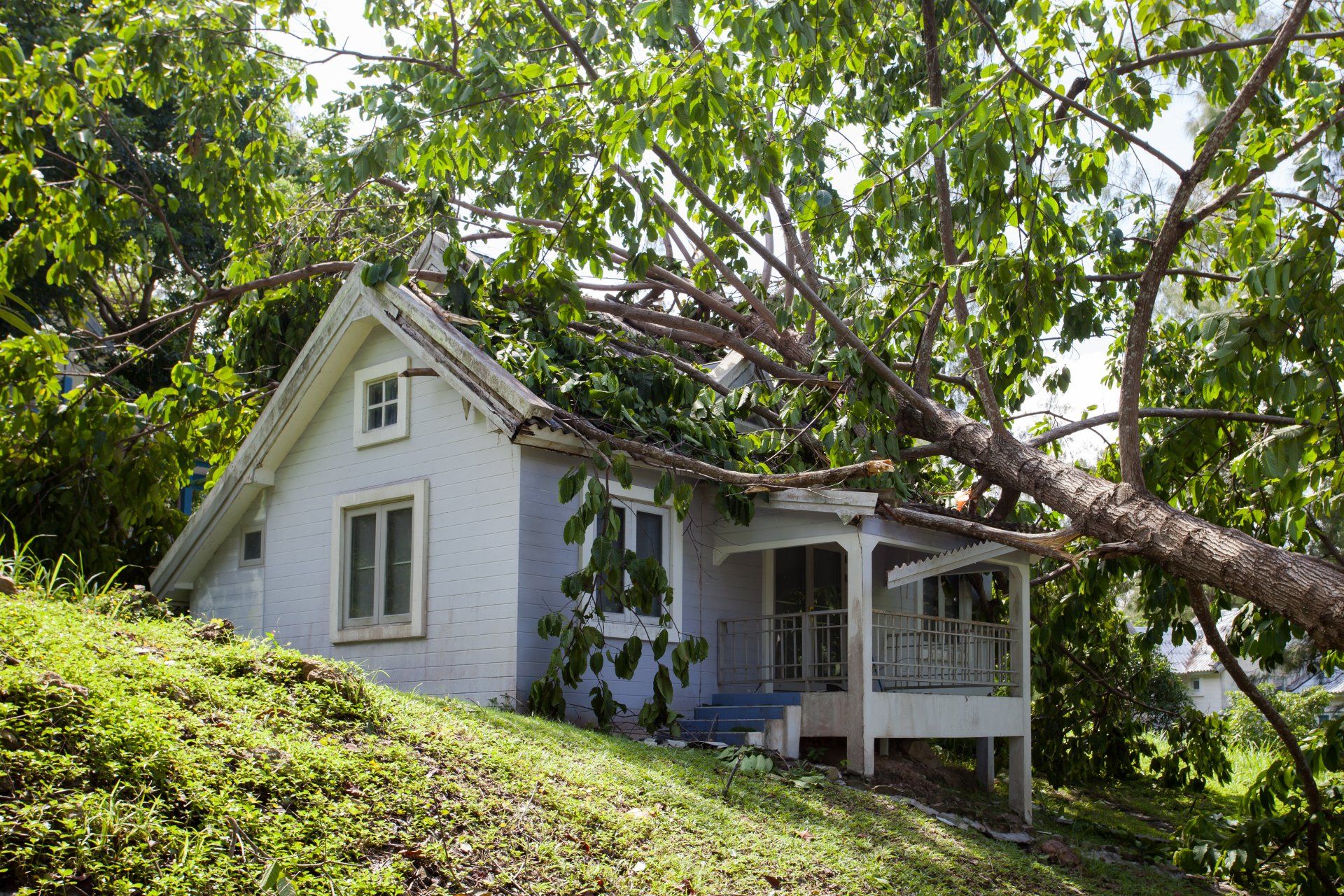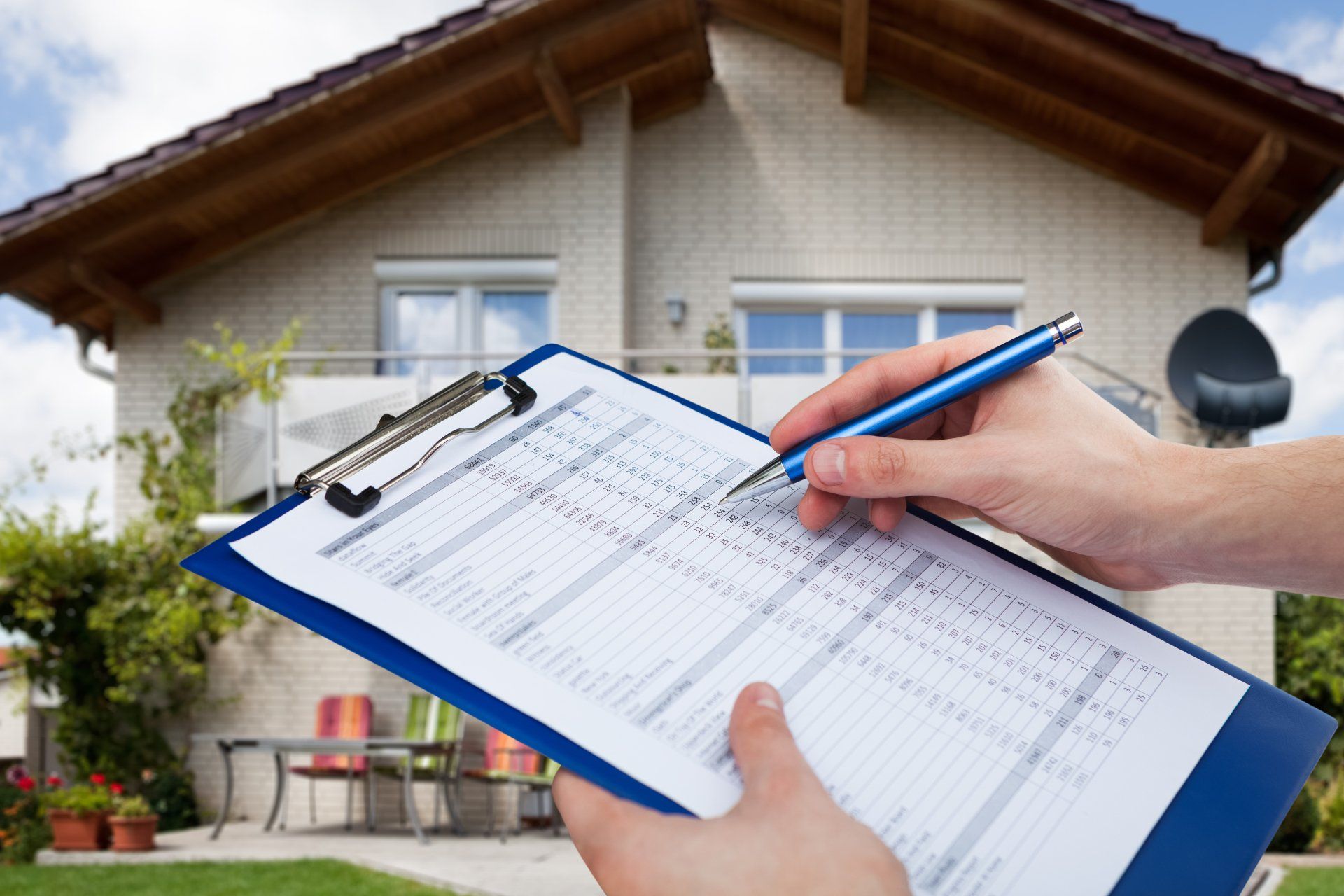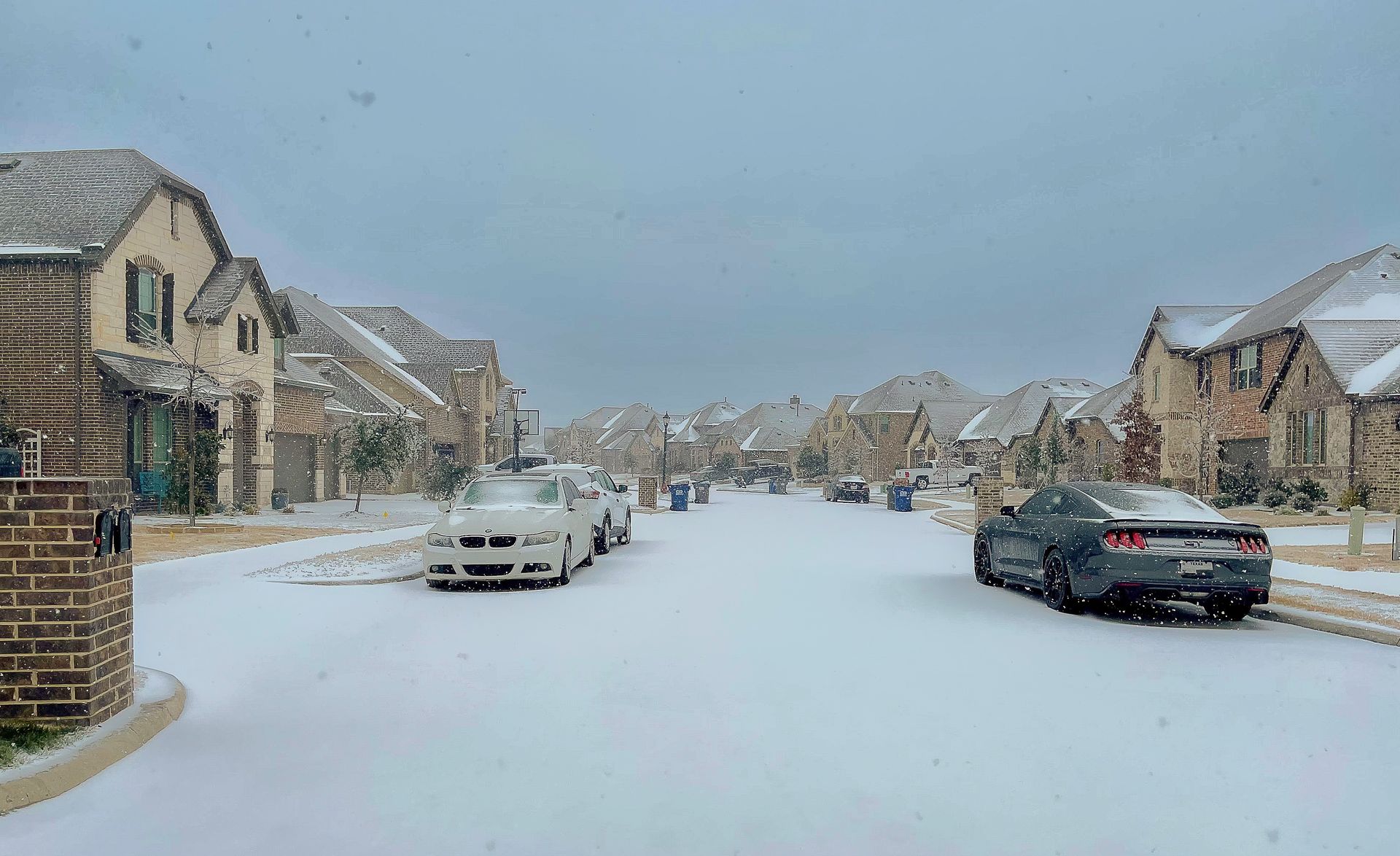What to Do After a Significant Storm Has Hit Your Home
Stephanie McDonald • October 12, 2021
Home Repairs Don't Have to be Stressful After Storm Damage

There’s no denying that nature can sometimes wreak havoc and cause a danger to life. Storms, for example, can become so fierce and lethal, and they have the power to cause millions of dollars worth of damage. For example, Hurricane Ida, the destructive Category Four hurricane, affected North America and the Caribbean. The damage and devastation left in its wake are likely to cost around $95 billion, making it the seventh most expensive hurricane in the 21st century. If you feel unsure about what to do about storm damage, the following steps will give you some guidance on the subject and help you to get your home repaired and return your household to normalcy as quickly as possible:
Make Sure Your Family Is Safe
It goes without saying that safety is a top priority whenever any storms occur in your area. You should make sure that you and your family are safe at all times. Storms pose a significant risk to human life in many different ways. When a storm is about to target your area, you and your family should take a few supplies and clothing and evacuate to a nearby emergency shelter. When the storm has gone, your family should still stay away from home temporarily. That’s because you’ll need to determine if it’s safe for you all to return, and if not, you can make plans to reside somewhere else on a longer-term basis until it’s safe to go back home.
Seek Federal Assistance
You may not be aware of this, but federal assistance is available to people impacted by significant storm damage. The Federal Emergency Management Agency (FEMA) can potentially help you and your family with temporary housing and food. What’s more, the federal assistance available can also provide help with property repairs and the filling in of insurance claim forms. It’s likely a FEMA representative will be in your area if a storm has affected many homes and businesses there. Alternatively, you could contact them through a temporary FEMA office set up in your neighborhood.
Inspect Your Home for Damage
When you’re ready, and it’s safe to do so, you’ll need to inspect your home for storm damage. When you return to your home, you’ll need to document all the damage caused and be aware of hidden damage like exposed power lines or water pipes.
For example, you might discover significant roof damage during your inspection, so you’ll need some roof repair work or a roof replacement
carried out due to hail damage or debris flying in the air from a hurricane. While you’re inspecting your home for damage, make sure you avoid hazards like broken glass and exposed nails when walking in and around your house. Lastly, be sure to take photographs of all damage alongside all written notes.
Make an Insurance Claim
Once you’ve inspected your abode and documented all damage done to it, the next step is to contact your insurance company and make a claim. When you reach out to them, they will assign you a representative to manage your claim. They will typically assign you a claim reference number (which you need to note down), and they’ll tell you how the claim process works with them. Be aware that the claim and repair process seldom gets completed quickly. During the process, the claim representative will typically organize inspections and assign relevant contractors to repair your home. For example, they’ll send a roofer out to repair or replace your roof and a general contractor for internal repairs. Make sure you keep all receipts for expenditures like hotel rooms and food for you and your family. Also, you can get help filling in any claim forms from FEMA, as mentioned earlier.
Choose the Best Contractors
There might be some storm damage that doesn’t get covered by your insurance policy; flood damage
is a prime example. In those cases, you’ll usually have to bear the repair costs yourself. If that applies to you, make sure you choose the best contractors to repair your home. We are happy to assess your damages and get a game plan in place to start repairs as well as work with your insurance adjuster throughout the process. Contact VIP today.
Final Thoughts
The extent of storm damage to a home will always vary. However, the steps taken to inspect the damage and get it repaired are generally the same as the ones outlined above. Keep in mind that this process doesn't have to be stressful if you choose a trustworthy, experienced contractor, like VIP, to stick by your side from Claim 2 Close.
Fill out my online form.







